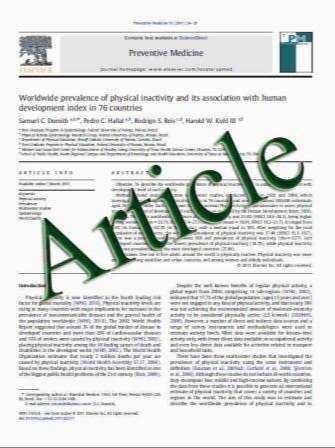Effects of surface conditioning on repair bond strengths of non-aged and aged microhybrid, nanohybrid,and nanofilled composite resins
- نوع فایل : کتاب
- زبان : انگلیسی
- مؤلف : Margareta Rinastiti & Mutlu ضzcan & Widowati Siswomihardjo & Henk J. Busscher
- چاپ و سال / کشور: 2010
Description
This study evaluates effects of aging on repair bond strengths of microhybrid, nanohybrid, and nanofilled composite resins and characterizes the interacting surfaces after aging. Disk-shaped composite specimens were assigned to one of three aging conditions: (1) thermocycling (5,000×, 5–55°C), (2) storage in water at 37°C for 6 months, or (3) immersion in citric acid at 37°C, pH 3 for 1 week; a nonaged group acted as the control. Two surface conditionings were selected: intermediate adhesive resin application (IARapplication) and chairside silica coating followed by silanization and its specific IAR-application (SC-application). Composite resins, of the same kind as their substrate, were adhered onto the substrates, and repair shear bond strengths were determined, followed by failure type evaluation. Filler particle exposure was determined by X-ray photoelectron spectroscopy and surface roughness analyzed using scanning electron and atomic force microscopy. Surface roughness increased in all composite resins after aging, but filler particle exposure at the surface only increased after thermocycling and citric acid immersion. Composite resin type, surface conditioning, and aging method significantly influenced the repair bond strengths (p<0.05, three-way analysis of variance) with the least severe effects of water storage. Repair bond strengths in aged composite resins after IAR-application were always lower in non-aged ones, while SC-application led to higher bond strengths than IAR-application after thermocycling and water storage. In addition, SC-application led to more cohesive failures than after IAR-application, regardless the aging method.
Clin Oral Invest DOI 10.1007/s00784-010-0426-6 Received: 3 November 2009 / Accepted: 5 May 2010


